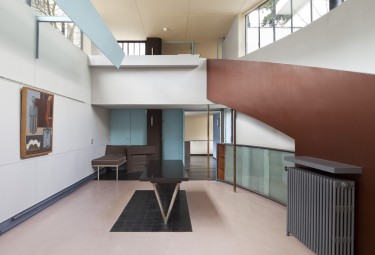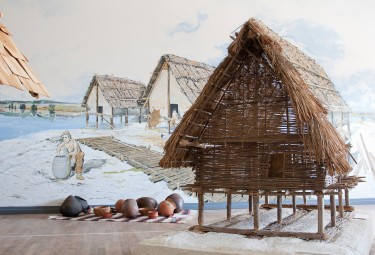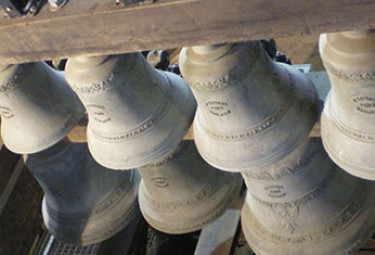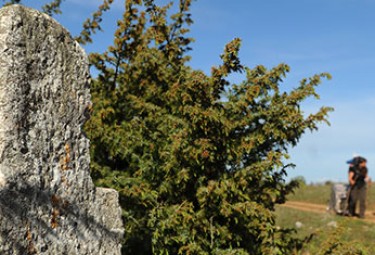Fortifications of Vauban

Summary (OUV)
Vauban’s work constitutes a major contribution to universal military architecture. It crystallizes previous strategic theories into a rational system of fortifications based on a concrete relationship with the region. It bears witness to the development of European fortifications in the 17th century and produced models that were used world-wide up to the middle of the 19th century, illustrating a significant period of history.
Summary (Network)
The fortifications of Vauban constitute the most rational example of military architecture. Whether it involved the conversion or creation of fortresses, Vauban considered that every project required constant adaptation to the terrain. The fortifications bear witness to the development of military architecture in the 17th century. Vauban’s work had universal influence and his constructions were used as models throughout the world up to the 19th century. The fortifications can be seen as the creation of a geographical framework by setting up a network of 160 border sites, establishing a balance between European nations at a time when frontiers were being drawn.
The twelve major sites, including towns built from scratch, strongholds on the plains, forts in the mountains, towers on the coast, and island fortifications, reflect the great variety of Vauban’s work, in terms of both their form and their geographical situation which was chosen with care in order to optimize the natural defences of the land. These sites, embellished by their vertiginous and grandiose architecture, show concern both to adapt to the terrain and to optimize locally available resources. The signature of this brilliant architect can be seen in each of his works, showing a search for efficiency together with a deliberate aesthetic expression, values which are still relevant today in our regional development projects.
Criteria
Criterion (i): Vauban’s works are the peak of traditional bastion fortifications, typical of western military architecture of the modern period.
Criterion (ii): Vauban played a major role in the history of fortifications. The universality of his work is witnessed in the imitation of his military buildings in Europe and Africa, and in the spread of his ideas in Russia and Turkey, and the use of his designs as a model for fortresses in the Far East.
Criterion (iv): Vauban’s work illustrates a significant period in human history. It involves an intellectual approach to military strategy, architecture, building, civil engineering and economic and social organization.
Detail: Besançon, Briançon, Mont-Dauphin, Villefranche-de-Conflent, Mont-Louis, Blaye / Cussac-Fort-Médoc, Saint-Martin-de-Ré, Camaret-sur-Mer, Saint-Vaast-la-Hougue, Arras, Longwy, Neuf-Brisach
- Année d'inscription : 2008
- Critères d'inscription : i, ii, iv
- Superficie du bien inscrit : 1 153 ha
- Localisation : Departments of Doubs, Hautes-Alpes,Pyrénées-Orientales, Gironde, Charente-Maritime, Finistère, Manche, Pas-de-Calais, Haut-Rhin, Régions of Bourgogne-Franche-Comté, PACA, Nouvelle-Aquitaine, Bretagne, Hauts-de-France, Grand-Est
- Coordonnées DMS : N50 16 57 E2 45 32
- Registration year : 2008
- Registration criterion : i, ii, iv
- Area of the inscribed : 1 153 ha
- Location : Departments of Doubs, Hautes-Alpes,Pyrénées-Orientales, Gironde, Charente-Maritime, Finistère, Manche, Pas-de-Calais, Haut-Rhin, Régions of Bourgogne-Franche-Comté, PACA, Nouvelle-Aquitaine, Bretagne, Hauts-de-France, Grand-Est
- Coordinates DMS : N50 16 57 E2 45 32





